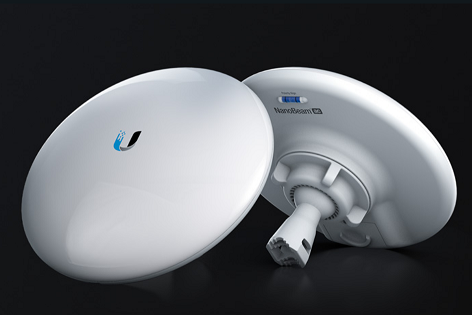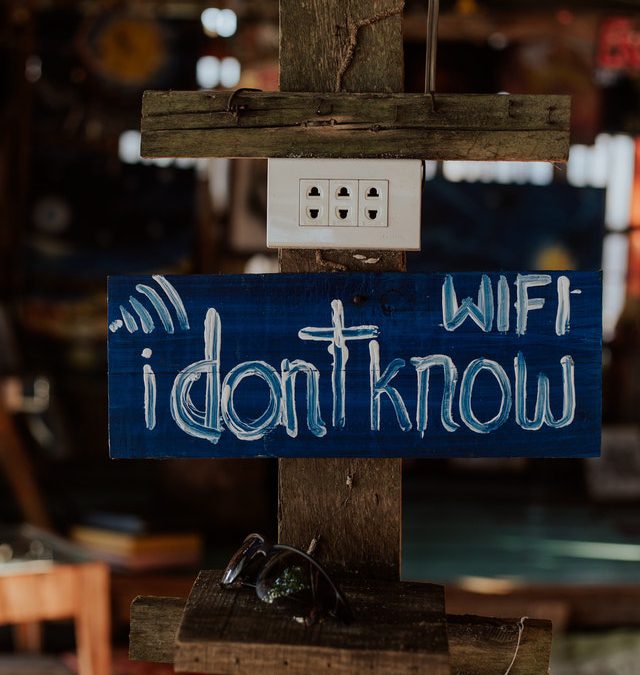
Empowering Connectivity: Why Building Owners/Managers Should Supply Wireless Internet to Their Tenants
In today’s digitally-driven world, reliable internet connectivity has become an essential utility for individuals and businesses alike. As our lives become increasingly intertwined with technology, providing wireless internet access to tenants has evolved from a luxury to a necessity. In this blog post, we delve into the benefits of offering wireless internet to building occupants and why it is a smart move for building owners and managers.
**1. Attracting and Retaining Tenants**
In a competitive real estate market, amenities play a crucial role in attracting prospective tenants. Offering wireless internet as a building perk can be a powerful differentiator that sets your property apart from others. In an era where remote work and virtual meetings have become commonplace, tenants value the convenience of having a reliable internet connection readily available. Moreover, providing wireless internet can improve tenant retention rates, as satisfied occupants are more likely to renew their leases when they experience hassle-free connectivity.
**2. Increasing Property Value**
Investing in wireless internet infrastructure can enhance the overall value of the building. A property equipped with modern technology and amenities is seen as more attractive to potential buyers and investors. By keeping up with the demands of the digital age, building owners can position their properties as forward-thinking and high-quality establishments, thus driving up the property’s value in the long run.
**3. Enhancing Tenant Productivity**
Wireless internet is not only valuable for personal use but also greatly benefits businesses and professionals within the building. A fast and reliable internet connection can significantly boost tenant productivity, enabling them to carry out tasks efficiently and without interruption. Whether it’s uploading large files, attending virtual conferences, or conducting online research, reliable internet connectivity empowers tenants to work seamlessly and achieve their goals.
**4. Streamlining Building Management**
Supplying wireless internet to tenants can also streamline building management processes. By providing a central internet connection, building owners can monitor and control network access, ensuring the security and integrity of the network. Additionally, implementing internet management systems can facilitate guest access for visitors while maintaining tenant privacy and data security.
**5. Demonstrating Tenant-Centricity**
Offering wireless internet showcases a commitment to tenant satisfaction and convenience. Building owners and managers who prioritize tenant needs by providing modern amenities like internet access are more likely to foster positive relationships with their occupants. This tenant-centric approach can lead to increased tenant loyalty, positive word-of-mouth referrals, and a favorable reputation in the real estate market.
**6. Future-Proofing the Building**
As technology continues to evolve, wireless internet access will remain an integral part of daily life. By investing in wireless infrastructure, building owners future-proof their properties against the risk of becoming outdated. Staying ahead of the technology curve ensures that the building remains relevant and attractive to prospective tenants, even as internet demands evolve in the years to come.
*Conclusion*
In conclusion, supplying wireless internet to building tenants offers a myriad of benefits for both property owners and occupants. From attracting and retaining tenants to enhancing productivity and property value, providing reliable internet access has become a fundamental requirement for modern living and working. By embracing this tenant-centric amenity, building owners and managers can create a competitive advantage, foster tenant satisfaction, and set their properties on a path to success in the digital age. As the world embraces connectivity, let us ensure that our buildings are equipped to empower the lives of their occupants.




